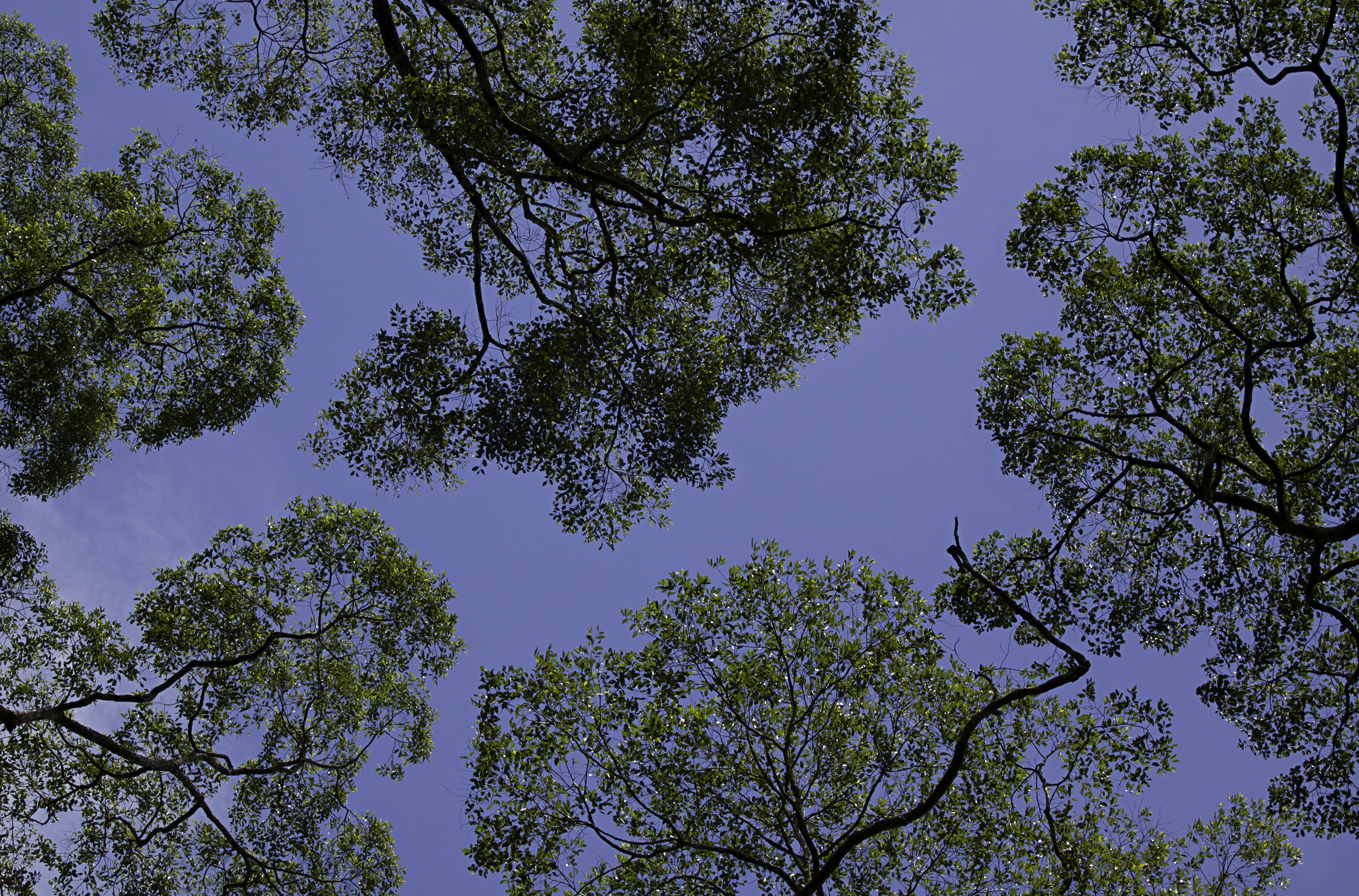
Canopy (biology)
In biology, the canopy is the aboveground portion of a plant cropping or crop, formed by the collection of individual plant crowns.[1][2][3] In forest ecology, canopy refers to the upper layer or habitat zone, formed by mature tree crowns and including other biological organisms (epiphytes, lianas, arboreal animals, etc.).[4] The communities that inhabit the canopy layer are thought to be involved in maintaining forest diversity, resilience, and functioning.[5] Shade trees normally have a dense canopy that blocks light from lower growing plants.
"Overstory" redirects here. For the architectural feature, see Clerestory. For the novel by Richard Powers, see The Overstory.Observation[edit]
Early observations of canopies were made from the ground using binoculars or by examining fallen material. Researchers would sometimes erroneously rely on extrapolation by using more reachable samples taken from the understory. In some cases, they would use unconventional methods such as chairs suspended on vines or hot-air dirigibles, among others. Modern technology, including adapted mountaineering gear, has made canopy observation significantly easier and more accurate, allowed for longer and more collaborative work, and broadened the scope of canopy study.[6]